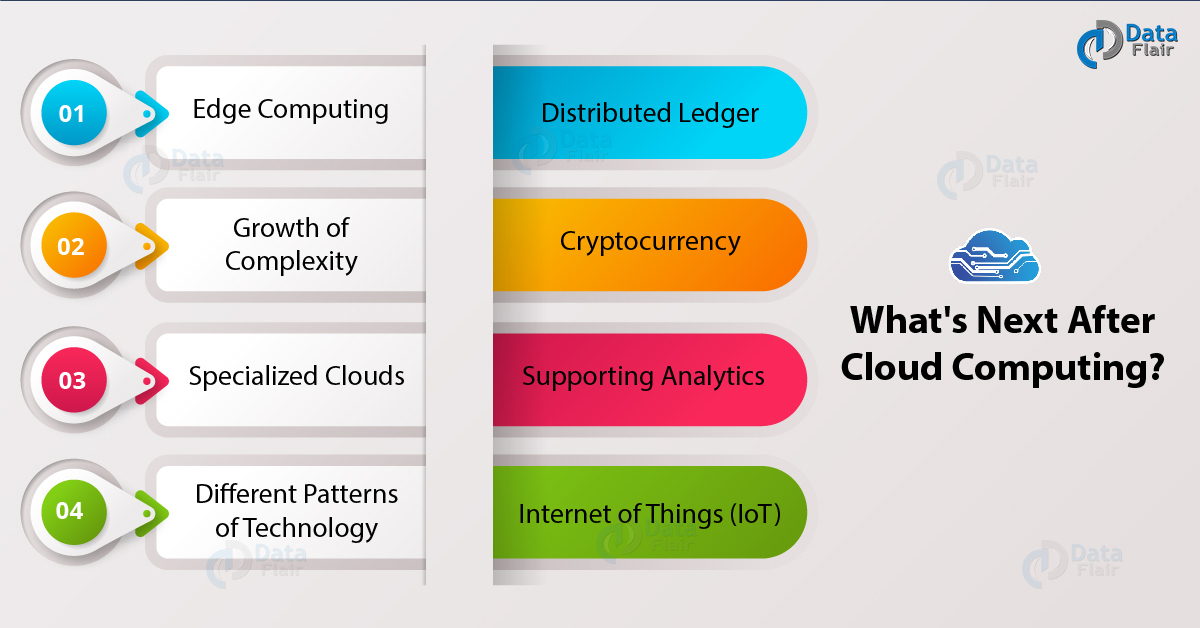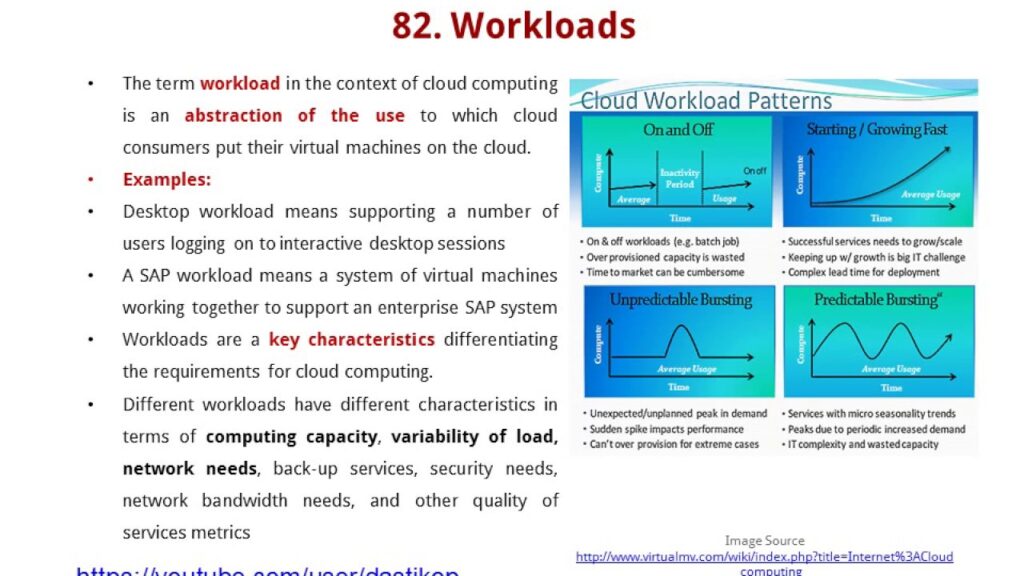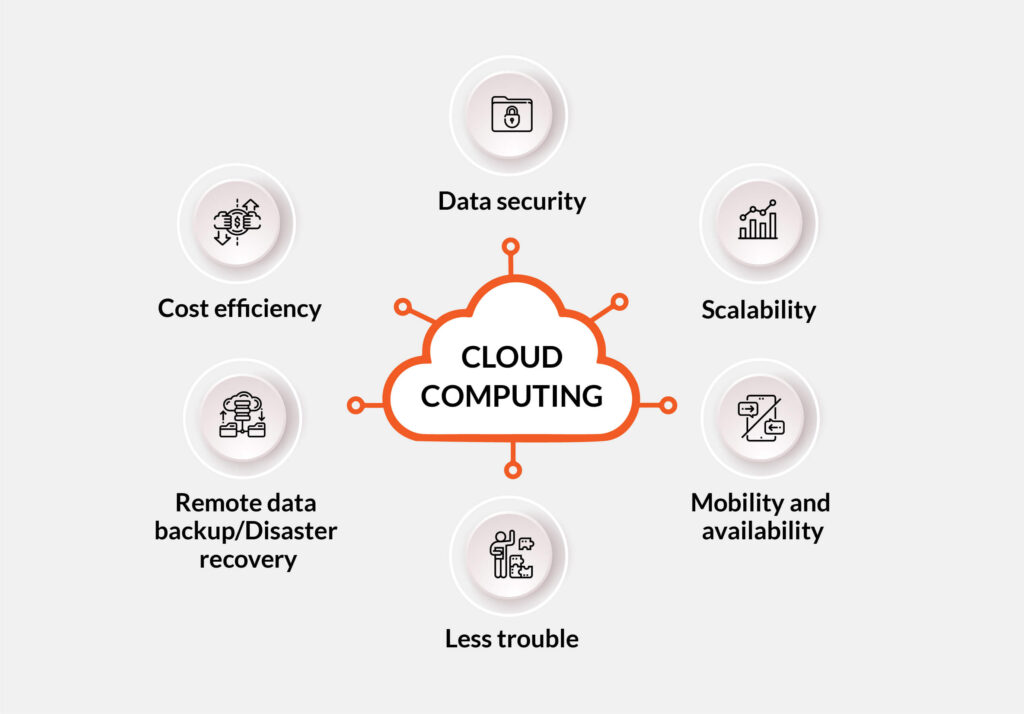The world of technology is constantly evolving, and the buzzword of the last decade has undoubtedly been “cloud computing.” From individuals to multinational corporations, everyone has hopped on the cloud bandwagon, and it has become an integral part of our lives. However, with the rapid pace at which technology is advancing, it begs the question, what’s next after cloud computing?
As we look towards the future, there are already a few emerging technologies that could potentially replace cloud computing. For example, edge computing, which involves processing data close to the source rather than sending it to a central data center, is gaining traction. This approach can provide faster processing, reduced latency, and more secure data handling. Similarly, quantum computing, which uses quantum bits (qubits) instead of binary bits to perform operations, can solve complex problems at an unprecedented pace. These technologies could potentially change the way we access and process data, making cloud computing obsolete.

What’s Next After Cloud Computing?
The world of technology is constantly changing, and cloud computing is no exception. As cloud computing has become more popular, there are many new technologies and services that have emerged, allowing businesses and individuals to use the cloud in ways they never could before. But what’s next after cloud computing? What trends are emerging that are likely to shape the future of cloud computing?
Edge Computing
Edge computing is a type of distributed computing system that is designed to store, process, and analyze data at the “edge” of the network, or the point closest to where the data is being generated. Edge computing can be used to reduce the latency of data processing and improve the reliability of data transmission. This approach can be particularly useful for applications that require low latency or high availability, such as real-time video streaming or self-driving cars. Additionally, edge computing can reduce the costs associated with cloud computing, as data does not need to be sent to a remote data center for processing.
Edge computing is quickly becoming an important part of the cloud computing landscape, and is likely to become more important in the years to come. Edge computing can help to improve the performance of cloud applications and reduce the costs associated with cloud computing, making it an attractive option for businesses of all sizes.
Containers
Containers are a type of virtualization technology that allows applications to be packaged into self-contained units that can easily be moved between different computing environments. Containers are becoming increasingly popular in the cloud computing world, as they allow applications to be quickly deployed to the cloud and easily scaled up or down as needed. Additionally, containers provide a consistent environment for applications, making it easier to manage and maintain them.
Containers are likely to become even more popular in the future, as they allow businesses to take advantage of the flexibility and scalability of cloud computing without the need to manage and maintain multiple different computing environments. Additionally, container-based applications can also be easily deployed to multiple cloud providers, allowing businesses to take advantage of the best features of each provider.
Machine Learning and AI
Machine learning and artificial intelligence are becoming increasingly important in the world of cloud computing. Machine learning and AI can be used to automate tasks that would otherwise require human intervention, such as data analysis and predictive analytics. Additionally, machine learning and AI can also be used to improve the security and reliability of cloud applications, as they can detect and respond to malicious activities or suspicious behavior.
Machine learning and AI will continue to become more important in the future, as they will be used to improve the performance and security of cloud applications. Additionally, machine learning and AI can also be used to improve the efficiency of cloud operations, allowing businesses to reduce costs and improve their bottom line.
Hybrid Cloud
A hybrid cloud is a combination of public and private cloud computing services, allowing businesses to take advantage of the flexibility and scalability of public clouds while also taking advantage of the security and privacy of private clouds. Hybrid clouds can be used to deploy applications across multiple cloud providers, allowing businesses to take advantage of the best features of each provider. Additionally, hybrid clouds can also be used to deploy applications across multiple data centers, allowing businesses to take advantage of the best features of each data center.
Hybrid clouds are likely to become increasingly popular in the future, as they allow businesses to take advantage of the flexibility and scalability of cloud computing while also taking advantage of the security and privacy of private clouds. Additionally, hybrid clouds can also be used to deploy applications across multiple cloud providers, allowing businesses to take advantage of the best features of each provider.
Frequently Asked Questions
What’s next after cloud computing?
Cloud computing has revolutionized the way businesses operate, providing a way to store, access and utilize data at an unprecedented scale. It is also the foundation of many groundbreaking technologies, such as artificial intelligence, Internet of Things and blockchain. But what comes after cloud computing?
What Technologies Will Grow After Cloud Computing?
Cloud computing has enabled businesses to move away from traditional data centers and instead access data through cloud-based services. This has been a major step forward in terms of scalability and reliability, and has enabled businesses to make the most of their data. But what technologies will grow after cloud computing?
One of the most exciting new technologies on the horizon is artificial intelligence. AI is a rapidly developing field that could revolutionize how businesses operate. AI can be used for a wide range of tasks, from automating mundane processes to providing insights from data. AI is already being used in countless applications, from customer service to healthcare, and is likely to be prevalent in the future.
Another technology that will likely grow after cloud computing is the Internet of Things (IoT). IoT is the concept of connecting devices to the internet in order to collect and share data. This data can be used to automate processes, monitor performance and optimize operations. IoT is already being used in many industries, and its potential is only just beginning to be realized.
What Challenges Will Arise After Cloud Computing?
The move to cloud computing has enabled businesses to access data on a much larger scale, which in turn can lead to greater insights and more efficient operations. However, with the move to cloud computing comes certain challenges, such as security and privacy concerns.
Security is a major concern for businesses that use cloud-based services. Companies must ensure that their data is secure and that their systems are not vulnerable to attack. This means that businesses must take the necessary steps to protect their data, such as encrypting it and using authentication and authorization measures.
Privacy is also a major concern for businesses that use cloud-based services. Companies must ensure that they are compliant with data privacy regulations and that they are not collecting or sharing personal data without the consent of the user. This means that businesses must take extra care to ensure that they are adhering to data privacy regulations.
What Opportunities Will Arise After Cloud Computing?
The move to cloud computing has opened up a host of opportunities for businesses. For example, businesses are now able to access data from anywhere in the world, allowing them to make more informed decisions. This has enabled businesses to become more agile, as they can quickly adapt to changing market conditions.
The move to cloud computing has also enabled businesses to take advantage of new technologies, such as artificial intelligence, machine learning and the Internet of Things. These technologies can be used to automate mundane tasks, monitor performance and optimize operations. This has enabled businesses to become more efficient and competitive.
The move to cloud computing has also enabled businesses to access new markets and develop innovative products and services. The cloud provides businesses with access to a global market, allowing them to reach new customers and expand their operations. This has enabled businesses to explore new opportunities and increase their revenue.
What Are The Benefits Of Moving To Cloud Computing?
The move to cloud computing has enabled businesses to access data on a much larger scale, which in turn can lead to greater insights and more efficient operations. The cloud has also enabled businesses to become more agile, as they can quickly adapt to changing market conditions.
The cloud has also enabled businesses to take advantage of new technologies, such as artificial intelligence, machine learning and the Internet of Things. These technologies can be used to automate mundane tasks, monitor performance and optimize operations. This has enabled businesses to become more efficient and competitive.
The cloud has also enabled businesses to access new markets and develop innovative products and services. The cloud provides businesses with access to a global market, allowing them to reach new customers and expand their operations. This has enabled businesses to explore new opportunities and increase their revenue.

As the world becomes more reliant on technology, cloud computing has become an integral part of many businesses and industries. However, as with any technology, there will always be advancements and improvements to be made. So, what’s next after cloud computing? The answer lies in a combination of emerging technologies, such as edge computing, artificial intelligence, and the Internet of Things.
Edge computing brings computing capabilities closer to the source of data, reducing latency and improving response times. This technology has the potential to revolutionize the way we process and analyze data. Additionally, the integration of artificial intelligence with cloud computing can lead to more intelligent and efficient use of resources. With the increasing number of connected devices, the Internet of Things will continue to play a significant role in the evolution of cloud computing. These emerging technologies hold the key to the next generation of computing and will undoubtedly shape the future of the industry.
In conclusion, cloud computing has been a game-changer for businesses, providing a flexible and scalable platform for data storage and processing. However, the future of computing lies in the integration of emerging technologies such as edge computing, artificial intelligence, and the Internet of Things. As we move forward, it is essential to continue to innovate and adapt to these new technologies to stay competitive in today’s fast-paced digital world. The possibilities are endless, and the future is bright for the future of computing.



